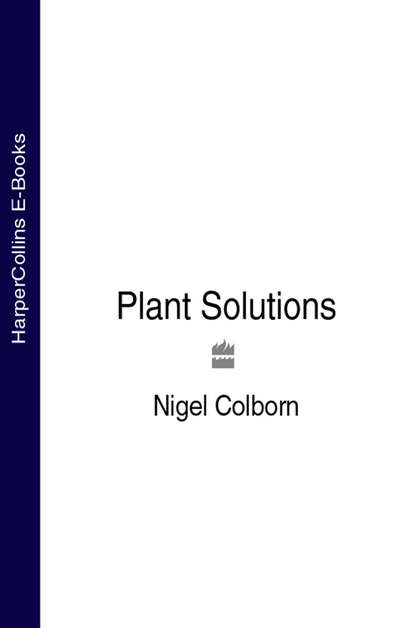По всем вопросам обращайтесь на: info@litportal.ru
(©) 2003-2024.
✖
Plant Solutions
Настройки чтения
Размер шрифта
Высота строк
Поля
Aspect: Sun or part shade
Season of interest: Late winter, spring
Height and spread: 10cm × 5cm (4in × 2in)
Companion plants: Best for naturalizing in grass with daffodils or narcissus to follow, or perhaps among emerging snake’s head fritillaries.
Crocus large Dutch hybrids
Hardy corm-bearing perennial
Grassy leaves, with central white stripe, and bold, gobletshaped flowers, which are held well clear of the leaves. Colours can be purple, mauve or white – often with bold, contrasting stripes or veins on outer petals – as well as yellow. Out of scale with other species of crocus and being very showy best kept apart.
Soil preference: Any, not wet
Aspect: Sun or part shade
Season of interest: Early spring
Height and spread: 15cm × 10cm (6in × 4in)
Companion plants: Fine in grass, with daffodils, or in border fronts among primulas or winter and spring pansies.
Scilla bifolia
Alpine Squill Hardy bulb
Twin leaves, grooved and suffused with bronze when young, appear from each bulb on either side of the short stems, which carry a small spray of azure flowers. A free self-seeder, quick to naturalize in a part-shaded or sunny wild garden. Modest, but beautiful.
Soil preference: Fertile but free-draining
Aspect: Sun or shade
Season of interest: Spring
Height and spread: 10cm × 5cm (4in × 2in)
Companion plants: Often found in the wild, growing with Crocus sieberi and wild fritillaries – a worthy combination to imitate at home.
Narcissus pseudonarcissus
Wild Daffodil, Lenten Lily Hardy bulb
The species that inspired the poet Wordsworth. Strap-shaped leaves in glaucous green among which short stems bear blooms with forward-sweeping lemon petals and a darker, flared, yellow trumpet. This species naturalizes best in high rainfall areas where summers are cool, but is not difficult to establish in moisture-retentive, humus-rich soil elsewhere.
Soil preference: Rich, leafy and not too dry
Aspect: Part shade, shade
Season of interest: Spring
Height and spread: 20cm × 10cm (8in × 4in)
Companion plants: A plant of hedgerows, stream sides and woodland borders, beautiful beneath large trees, between shrubs such as camellias or early rhododendrons and lovely in the grass of an established fruit orchard.
Cyclamen repandum
Hardy tuber-bearing perennial
Broad, bluntly pointed leaves, sometimes faintly marbled, unfurl in spring accompanied by small cyclamen blooms whose petals are swept right back. Typical colour is vivid carmine pink, but the subspecies from the island of Rhodes, C. repandum var. rhodense, has pink-flushed white blooms with darker centres. More difficult to establish than most hardy cyclamen.
Soil preference: Humus-rich, well-drained
Aspect: Part shade or shade
Season of interest: Spring
Height and spread: 15cm × 20cm (6in × 8in)
Companion plants: A woodland species, best among humus-loving plants such as Anemone nemorosa, oxlips and violets, perhaps in shaded, sparse grass along the edge of a shrubbery.
Tulipa kaufmanniana ‘Guiseppi Verdi’
Hardy bulb
Broad, faintly striped foliage arranged along the stems which bear a single, elongated tulip flower. The outer petals are fiercely flushed with carmine, edged with yellow; the flower interior is bright yellow with a dark centre. A ‘botanical’ tulip, robust enough to survive in grass.
Soil preference: Fertile but free-draining
Aspect: Sun or part shade
Season of interest: Spring
Height and spread: 25cm × 15cm (10in × 6in)
Companion plants: A good companion, in grassland, to shorter daffodil varieties such as ‘Jack Snipe’, ‘Rip van Winkle’ or to Narcissus pseudonarcissus. Also striking with cowslips and fritillaries in the grass.
Focus on…
Crocus
Crocuses offer far more than their small stature would suggest. Many of them bloom when colour is most needed, at winter’s end; their flower shapes are charming and their nectar is of great value to early stirring bees. When their season is done, they leave minimal aftermath, dying down quickly and gracefully, to rest underground and build up strength for next year’s show.
1. Crocus tommasinianus ‘Whitewell Purple’
One of the easiest winter-flowering species whose pale blue-grey outer petals belie the brighter mauve interior. The form ‘Whitewell Purple’ develops a deeper colour than seen in the wild species, but retains its simple charm.
2. Crocus speciosus





